I look for a way to present/publish a mlr3 model (an ensemble) online so that other researcher could apply the model with their data. I think shiny would be decent for that.
I found mlr3shiny, however, as I understand it correctly, this package offers a graphical interface for model developement and there is no fuction for model publication.
DynNom, for example, allows to generate dynamic nomograms and supports model objects created by the lm, glm and coxph functions:

I am actually looking for a solution like DynNom, but for mlr3
Minimal reproducible example:
library(mlr3)
# create learning task
task_penguins <- TaskClassif$new(id = "penguins", backend = palmerpenguins::penguins, target = "species")
# load learner and set hyperparameter
learner <- lrn("classif.rpart", cp = .01)
# train the model
learner$train(task_penguins)